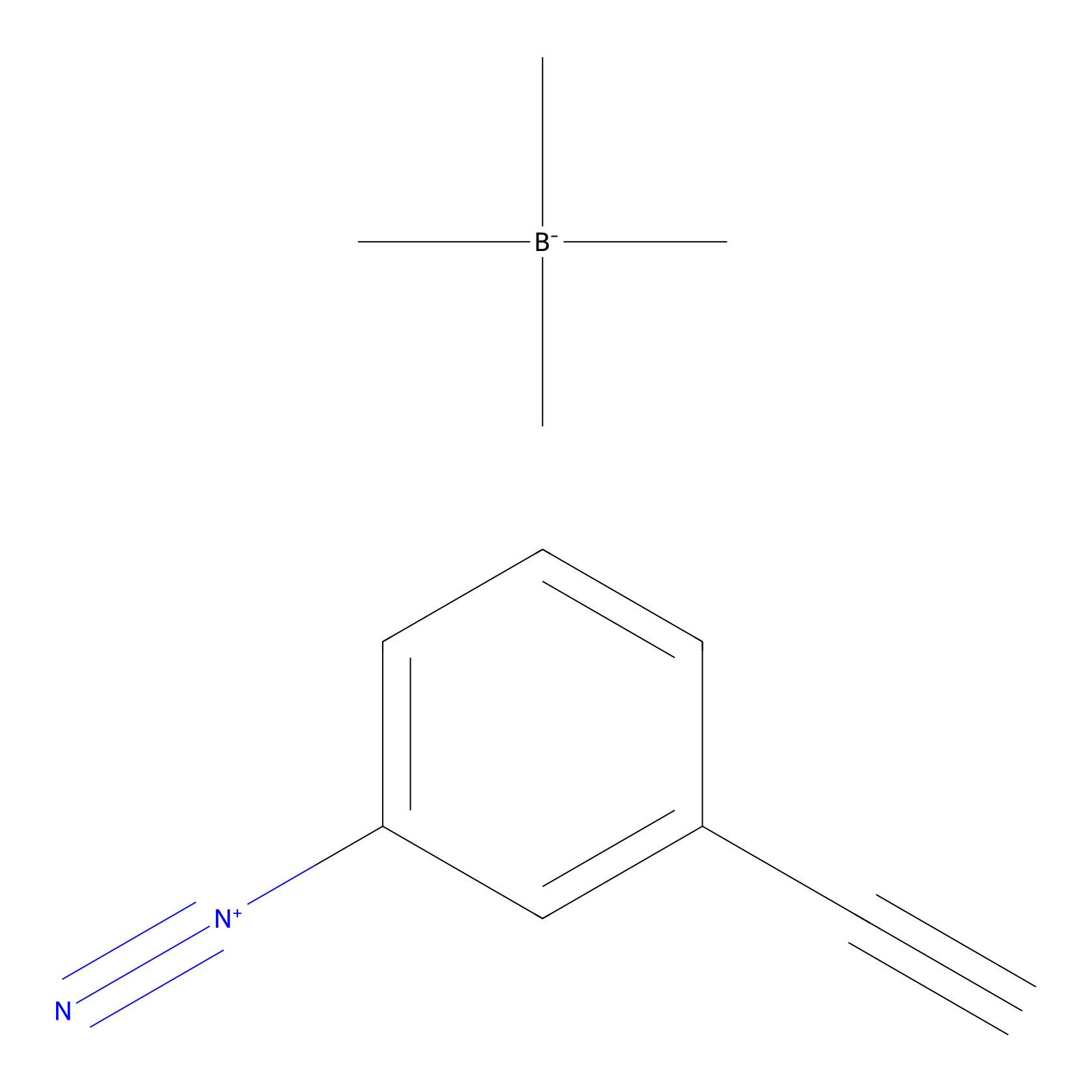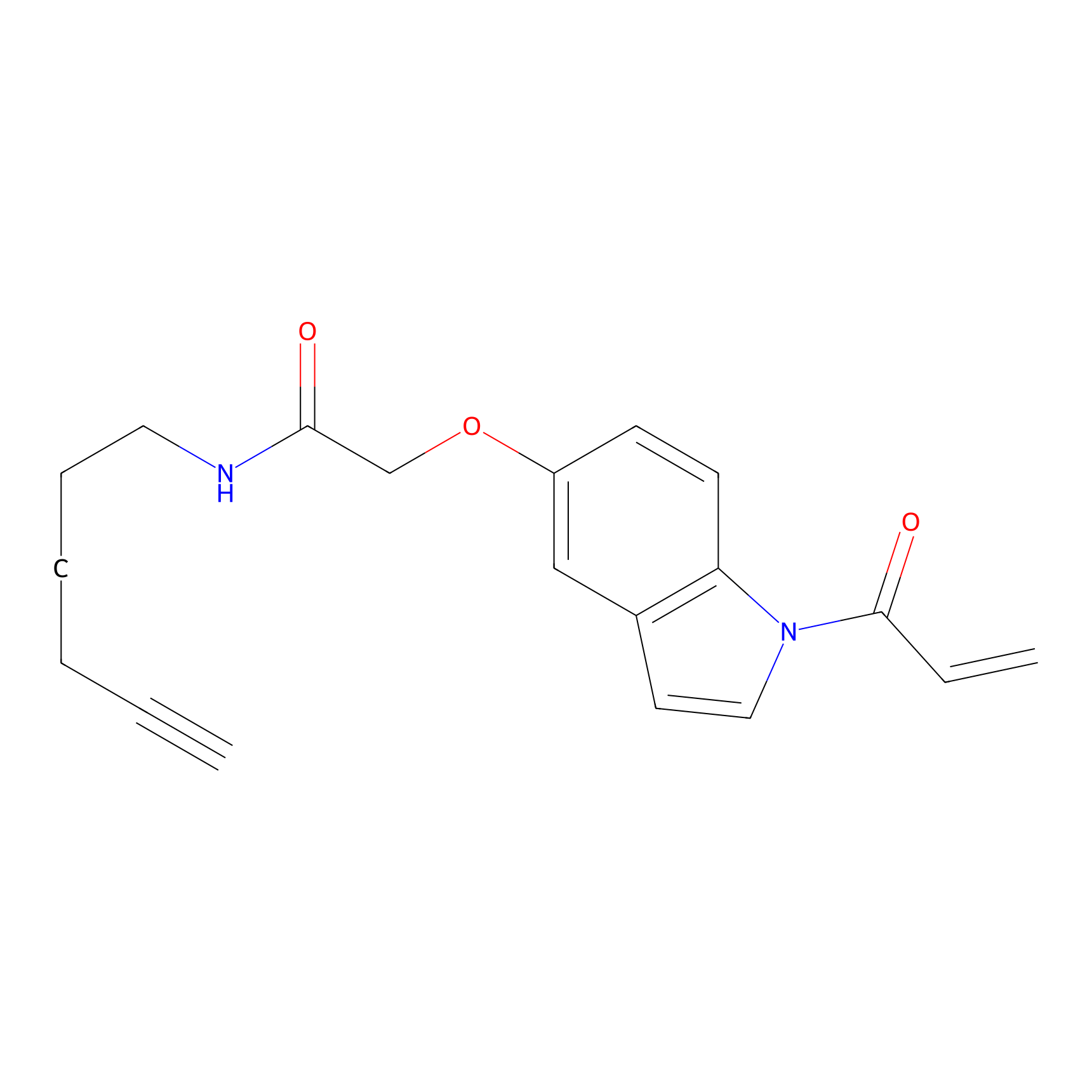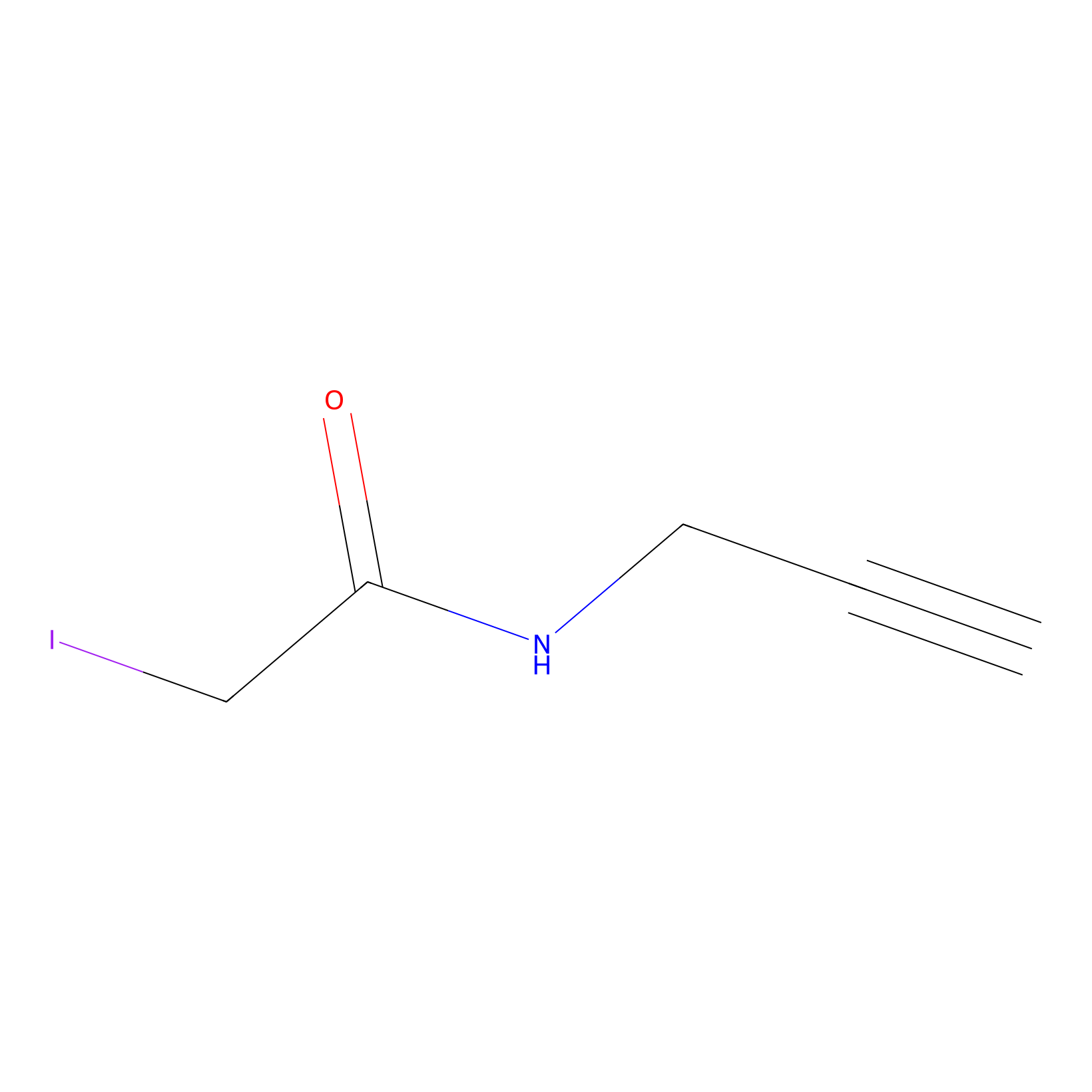Details of the Target
General Information of Target
Target Site Mutations in Different Cell Lines
Probe(s) Labeling This Target
ABPP Probe
| Probe name | Structure | Binding Site(Ratio) | Interaction ID | Ref | |
|---|---|---|---|---|---|
|
Probe 1 Probe Info |
 |
Y173(9.68) | LDD3495 | [1] | |
|
NAIA_5 Probe Info |
 |
C83(0.79) | LDD2227 | [2] | |
|
IA-alkyne Probe Info |
 |
C432(10.99) | LDD1705 | [3] | |
|
IPM Probe Info |
 |
N.A. | LDD0147 | [4] | |
Competitor(s) Related to This Target
The Interaction Atlas With This Target
The Protein(s) Related To This Target
Enzyme
Transcription factor
| Protein name | Family | Uniprot ID | |||
|---|---|---|---|---|---|
| Paired box protein Pax-9 (PAX9) | . | P55771 | |||
Other
References
